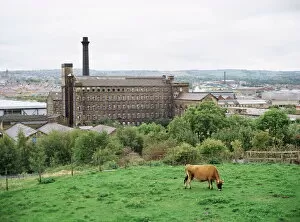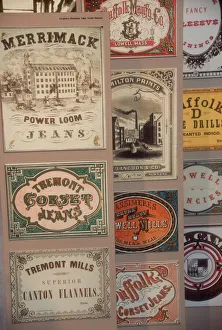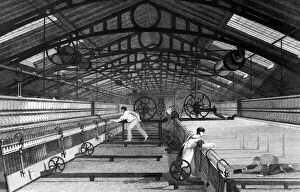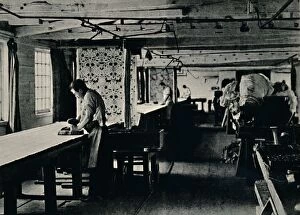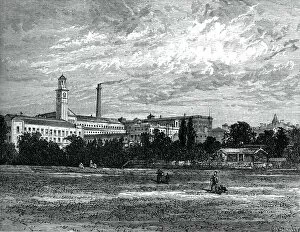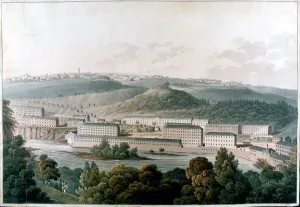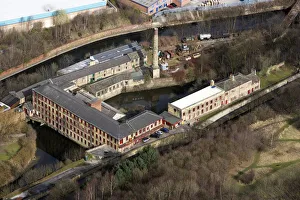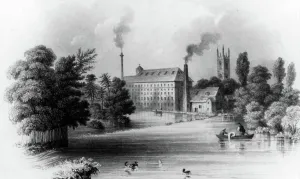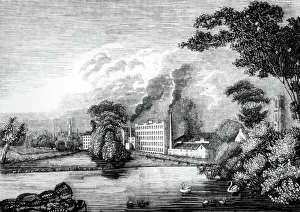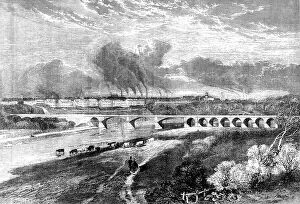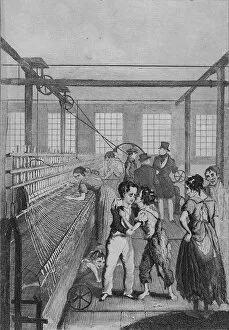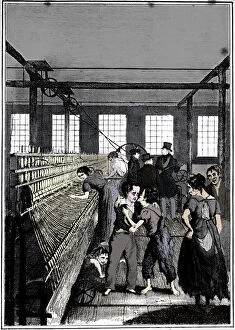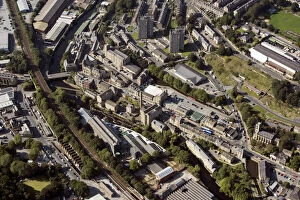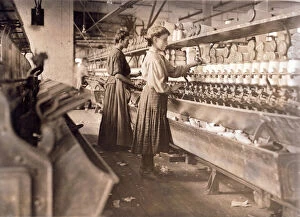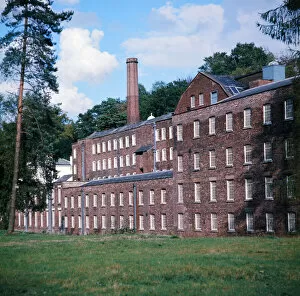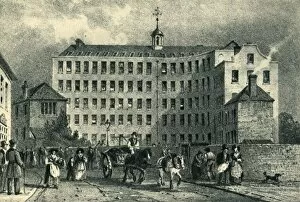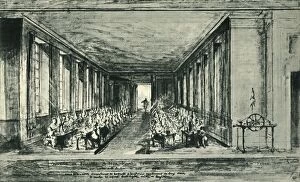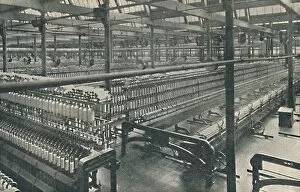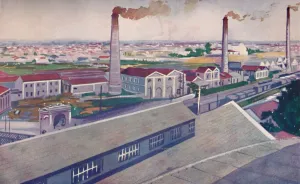Textile Mill Collection
"Exploring the Rich History of Textile Mills: From Old Wool Mills to Armley Mills Leeds" Step back in time and discover the fascinating world of textile mills
All Professionally Made to Order for Quick Shipping
"Exploring the Rich History of Textile Mills: From Old Wool Mills to Armley Mills Leeds" Step back in time and discover the fascinating world of textile mills, where innovation and craftsmanship converged. Located west of the city, specifically in the Manningham area of Bradford, these old wool mills stood as iconic symbols of industrial prowess. The Burnley Weavers Triangle DES01_01_0212 captures a glimpse into this era, showcasing the intricate machinery that powered these bustling factories. Traveling across continents and centuries, we delve into American textile mills from the 1800s through cloth labels that bear witness to their legacy. These labels tell stories woven with threads of hard work and dedication. Innovation took center stage with inventions like the Jacquard loom in the 1880s, revolutionizing fabric production by introducing complex patterns previously unimaginable. Witnessing cotton printing at Merton Abbey Works around c1884 transports us to an era when vibrant colors adorned fabrics under unknown creators' skilled hands. Not limited to cotton alone, Hammersmith Carpet Weaving at Merton Abbey Works showcases another facet of textile manufacturing's diversity—a testament to human creativity meeting practicality. The journey continues with a line engraving depicting mule spinning in a cotton textile mill from 1834—an arduous process carried out by dedicated workers who shaped history one thread at a time. Wool sorters captured in c1880 photographs remind us that every aspect was meticulously attended to ensure quality products reached consumers' hands. Venturing further north brings us to Saltaire works around c1880—a grand establishment built on philanthropy—where workers found solace amidst towering chimneys while contributing their skills towards creating textiles that would stand the test of time. Across borders lies New Lanark Mills in Scotland circa 1815—a utopian vision realized by Robert Owen where labor conditions were improved for workers while maintaining productivity levels high—an inspiring model still relevant today.


